Black locust
Recognizing Robinia or black locust
We recognize robinia/black locust by:
- Its cracked gray/brown bark
- Its thorny branches
- Its alternate leaves with 3-10 pairs of oval leaflets
- Its white scented flowers found in bunches
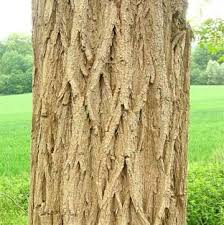
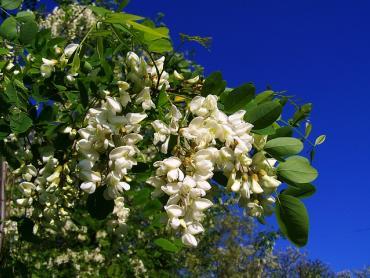
Sites favored by Robinia
Definition of a forest site:
zone of varying size across which ecological conditions are the same: climate, relief, geology, soil and natural vegetation.
Temperatures
Annual temperatures > 8°C. It appreciates Mediterranean climates but can withstand temperatures as cold as - 20°C. Heliophilous species.
Rainfall
This species is rather drought-resistant. It requires around 400Â mm of rainfall per year.
Soils
The robinia or black locust adapts to most soil types, though it excels on sandy, well-aired soils. The robinia can enrich soil in nitrogen at root-level so will grow on soils with poor nutrient content and amend it itself. The species can be found up to 1,600Â meters altitude. It is a flexible or indeed hardy species.
Root development of black locust
- Deep, powerful taproot
- Relatively wind resistant
Robinia plantation
| Density | Spacing | Benefits and drawbacks |
| 1,200 to 1,700 plants/hectare | Plantation 4 x 2 or 3 x 2 m | Can play a role on agricultural or fallow land. Does not do well with competition. |
N.B. This species develops plenty of shoots and suckers that ensure effective and abundant natural regeneration.
Final density: 500-600 stems/hectare
Growth and production of robinia
- Fast-growing the first years, then slows down.
- Production of 8Â m3/ha/year (depending on site).
Robinia wood
- Yellow-orangey heart
- Sawing can be difficult as the wood is very resistant; drying can result in deformation and cracking
- Hard, resistant heartwood
- Excellent wood used for outdoor elements (posts, fences, poles)
- Also used for garden furniture and terrestrial or aquatic applications
- Trade name: Black locust

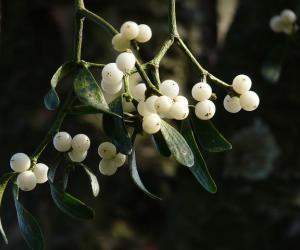
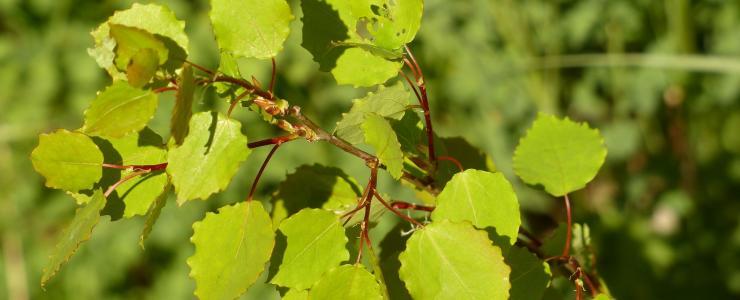
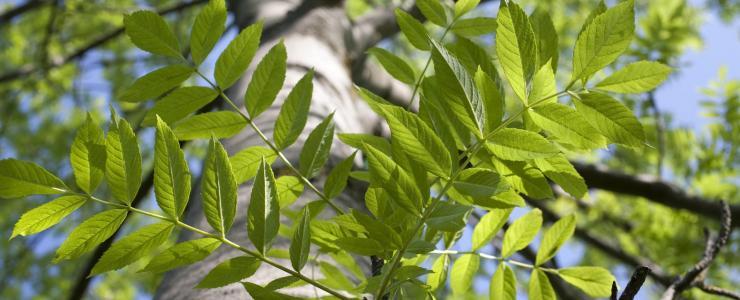
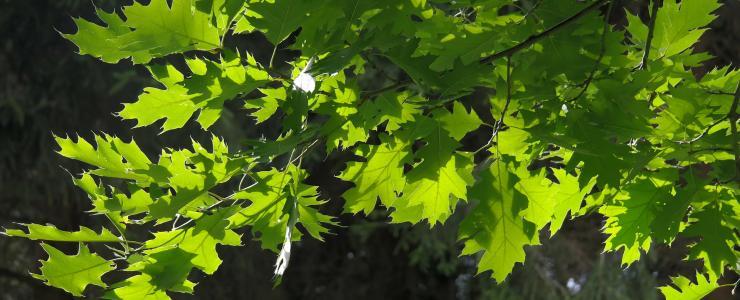
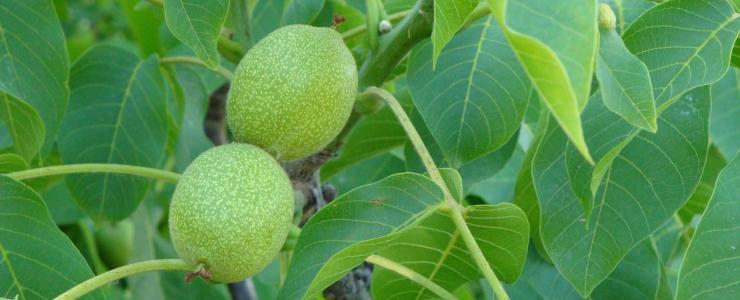
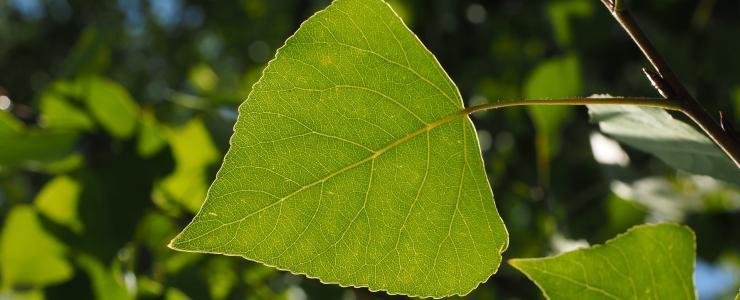
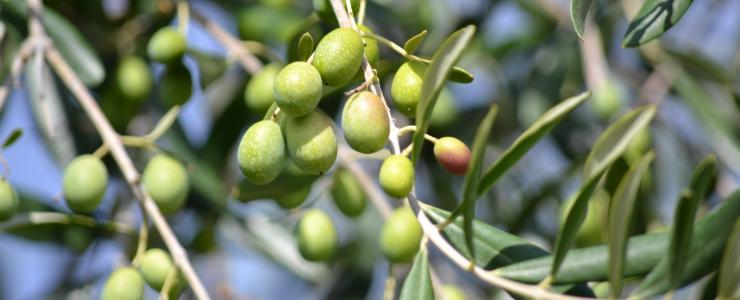
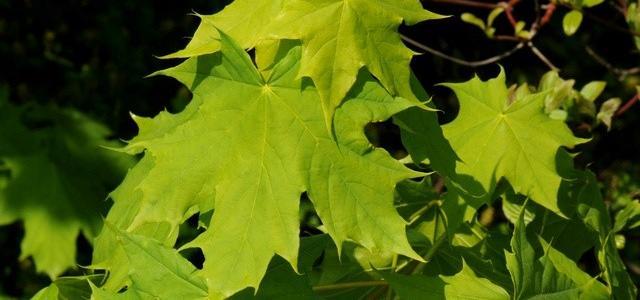
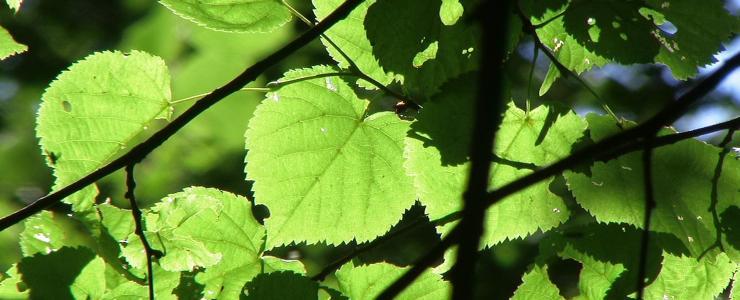
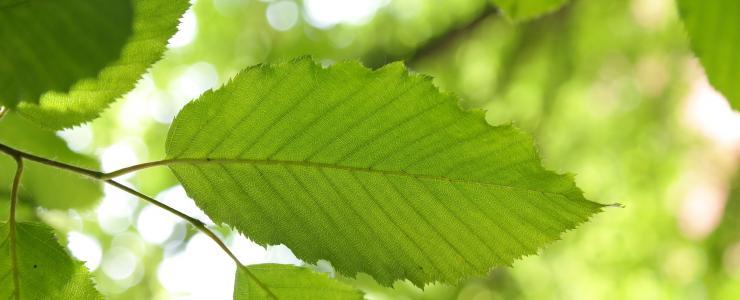
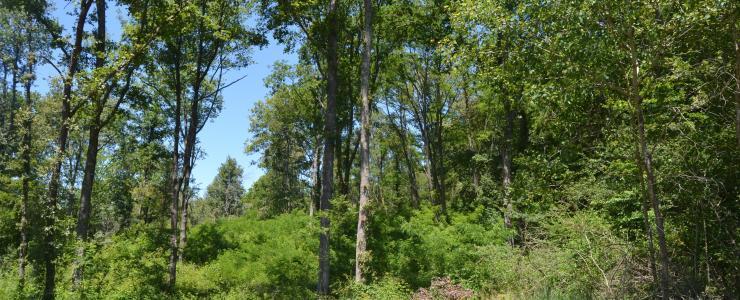
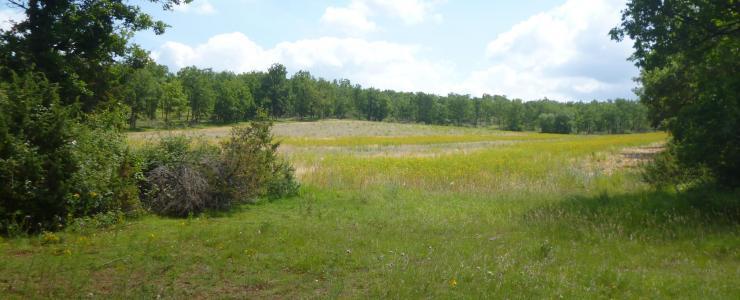
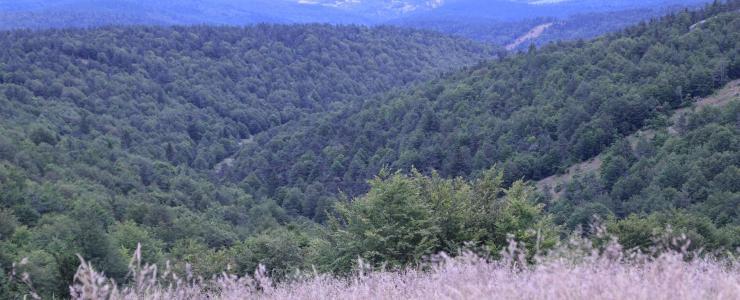
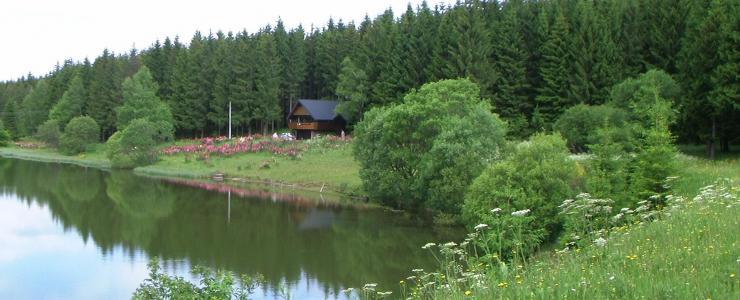
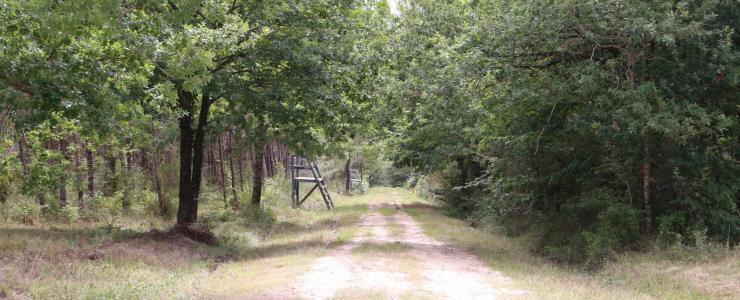
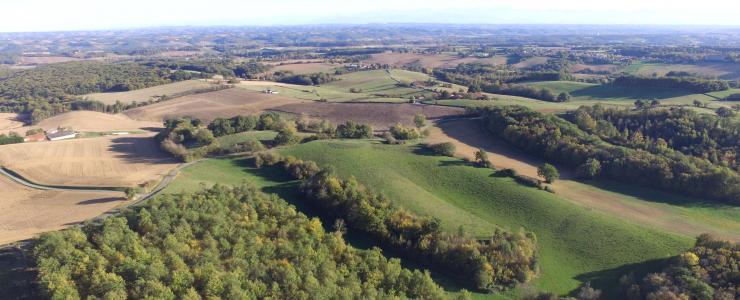
Economic view
Robinia or black locust is increasingly appreciated in France and rightly so. The species has characteristics that compare favorably with certain tropical woods for lumber applications.
It is a resistant, durable wood with a long natural lifespan. It is rot-proof and grows quickly.
Robinia/black locust is therefore also used for posts, joinery and increasingly for high-quality fiber panels and for firewood.
It is the third most productive deciduous species (after the poplar and eucalyptus), found over most of France, so it is worth thinking about acquiring a robinia forest.